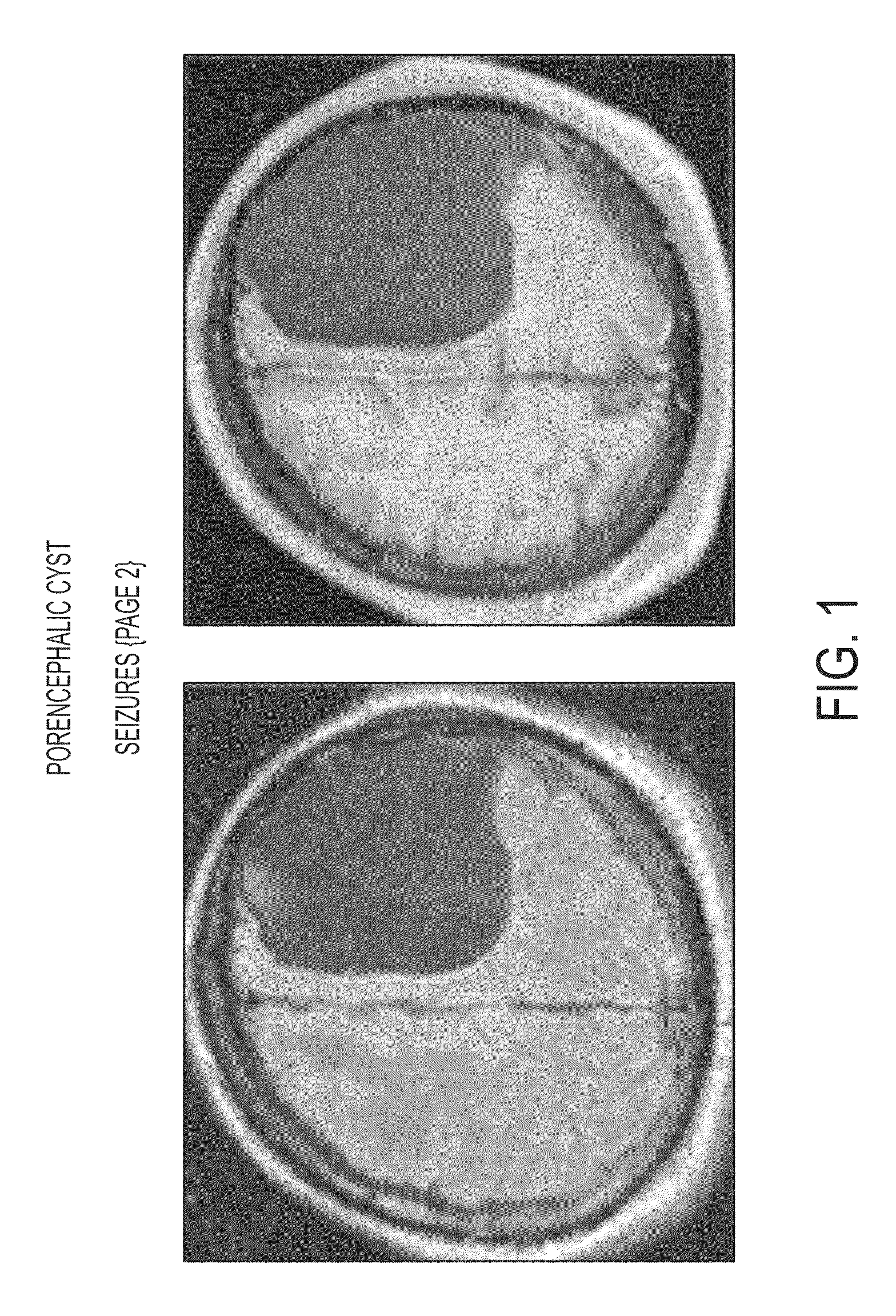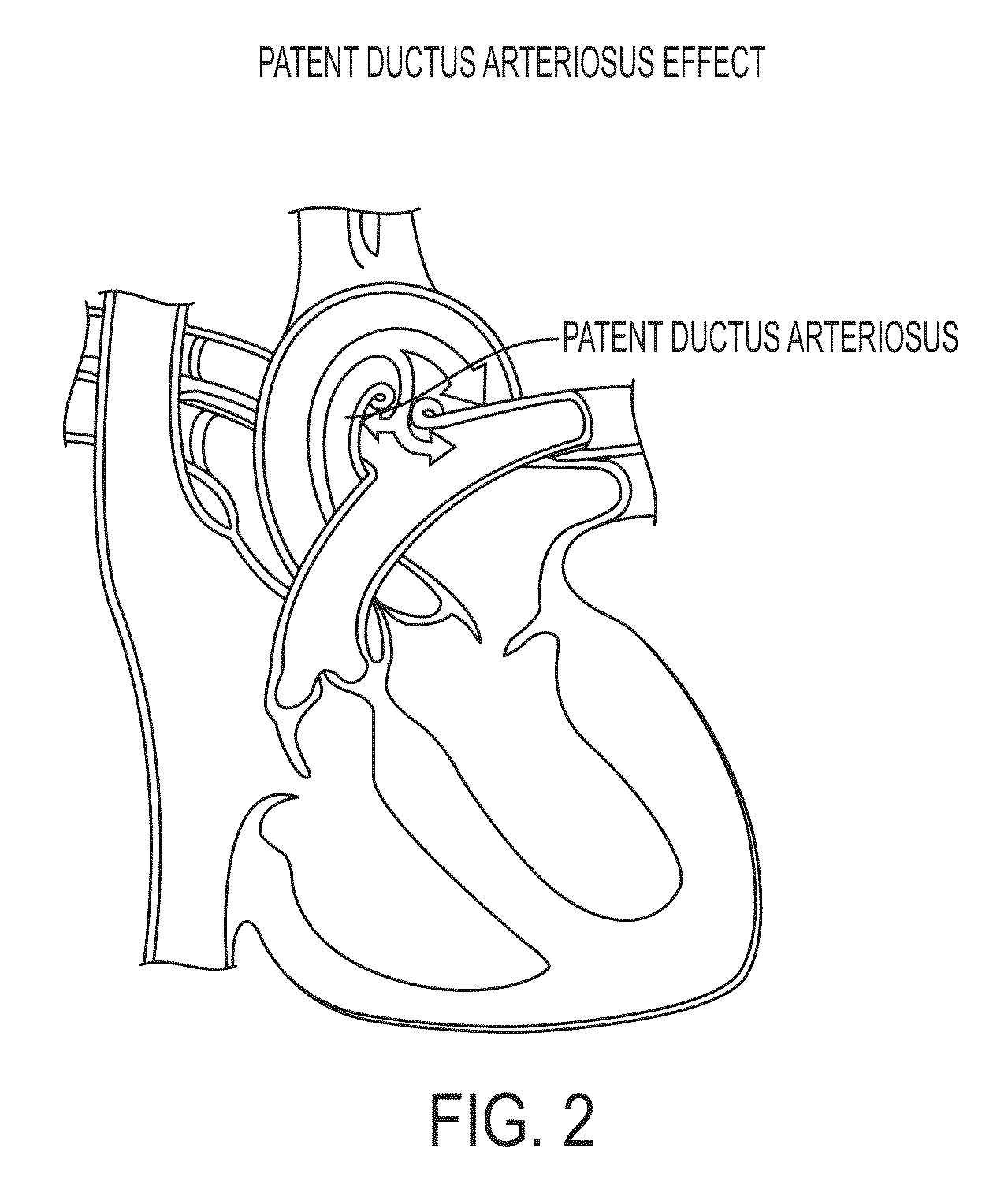Intrathecal administration of autologous stem cells to treat intraventricular hemorrhage in premature infants
a technology of autologous stem cells and intraventricular hemorrhage, which is applied in the field of autologous stem cell administration in premature infants, can solve the problems of lifelong seizures, interfere with normal neural pathways, and “healing” in a “non-functional” manner, so as to minimize the risks of autologous cells in this setting, minimize the sequestration of pulmonary stem cells, and minimize the potential value and limited toxicity
- Summary
- Abstract
- Description
- Claims
- Application Information
AI Technical Summary
Benefits of technology
Problems solved by technology
Method used
Image
Examples
Embodiment Construction
[0024]The present invention will be more fully understood and appreciated by reading the following Detailed Description in conjunction with the accompanying drawings, wherein like reference numerals refer to like components.
[0025]FIG. 3 is a flow chart illustrating steps involved in practicing a method for intrathecal administration of autologous cord blood derived stem cells in premature infants sustaining intraventricular hemorrhages, according to an embodiment of the present invention. The method, or therapeutic protocol, can include one or more of the following steps: identifying premature infants at a statistical risk of having an intraventricular hemorrhage 10, collecting umbilical cord blood from the identified premature infant 15, separating totipotential stem cells (having the ability to proliferate and differentiate as neural stem cells) from the collected cord blood 20, storing the separated stem cells 25, establishing evidence of an intraventricular hemorrhage (preferabl...
PUM
 Login to View More
Login to View More Abstract
Description
Claims
Application Information
 Login to View More
Login to View More - R&D
- Intellectual Property
- Life Sciences
- Materials
- Tech Scout
- Unparalleled Data Quality
- Higher Quality Content
- 60% Fewer Hallucinations
Browse by: Latest US Patents, China's latest patents, Technical Efficacy Thesaurus, Application Domain, Technology Topic, Popular Technical Reports.
© 2025 PatSnap. All rights reserved.Legal|Privacy policy|Modern Slavery Act Transparency Statement|Sitemap|About US| Contact US: help@patsnap.com



